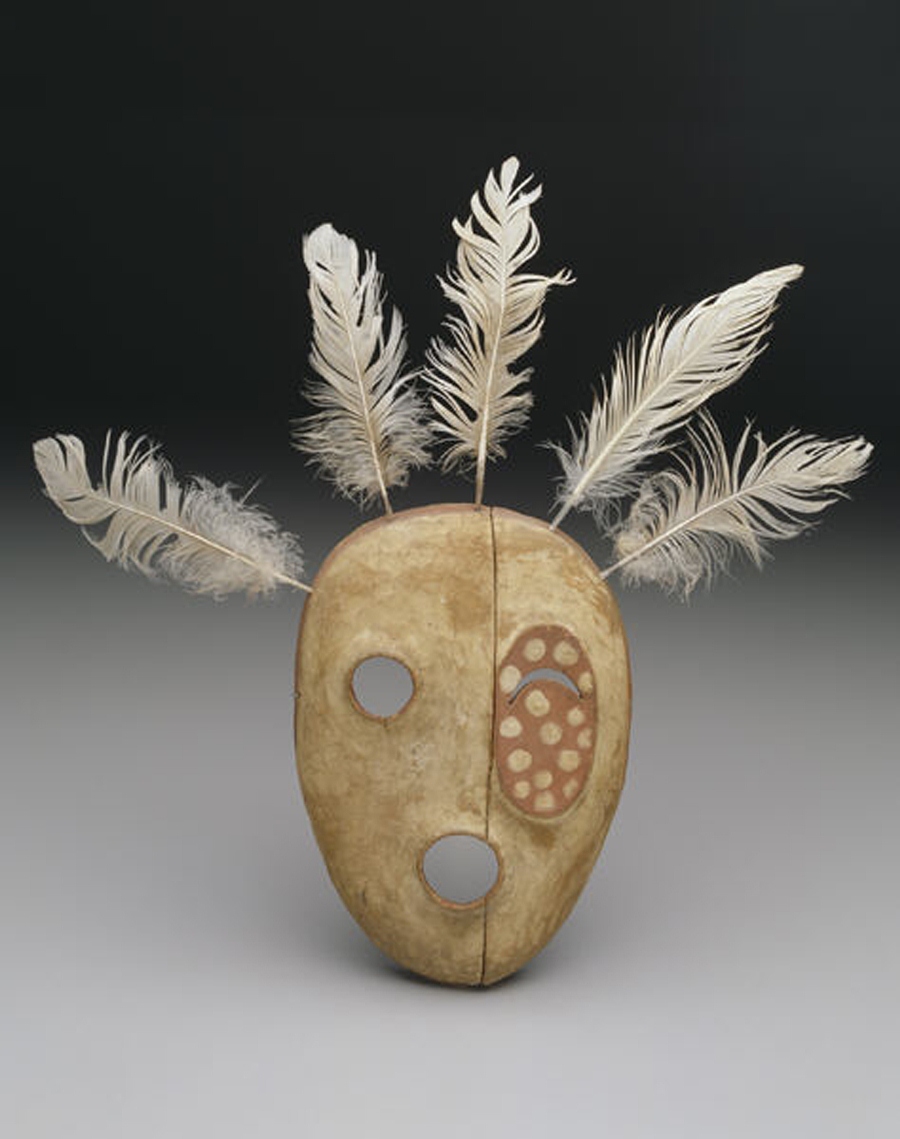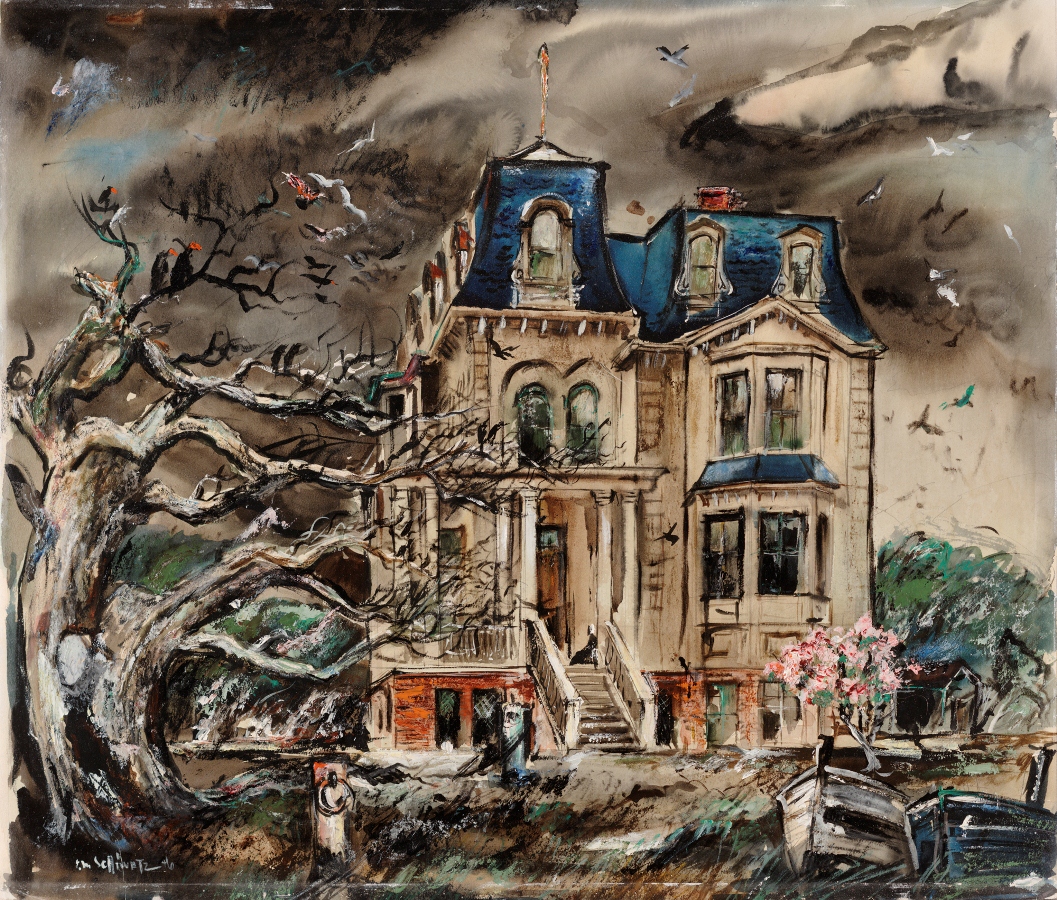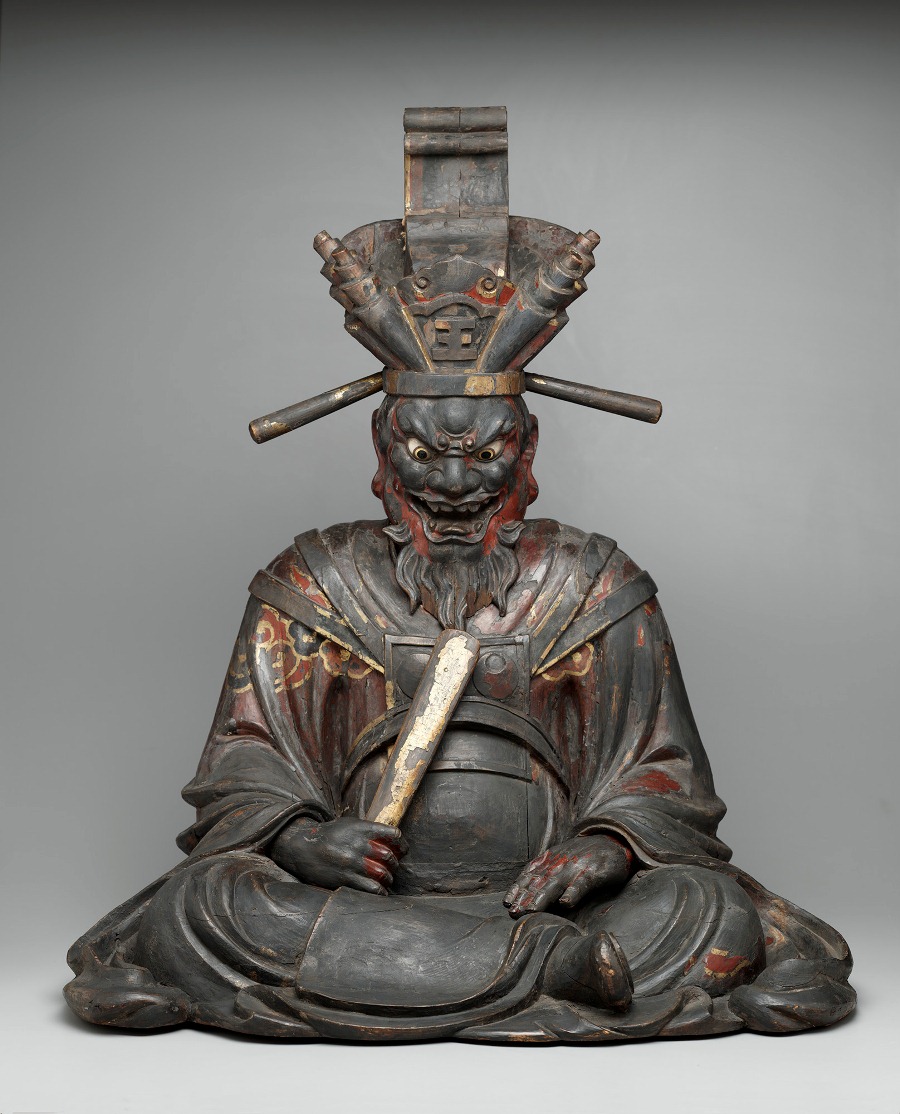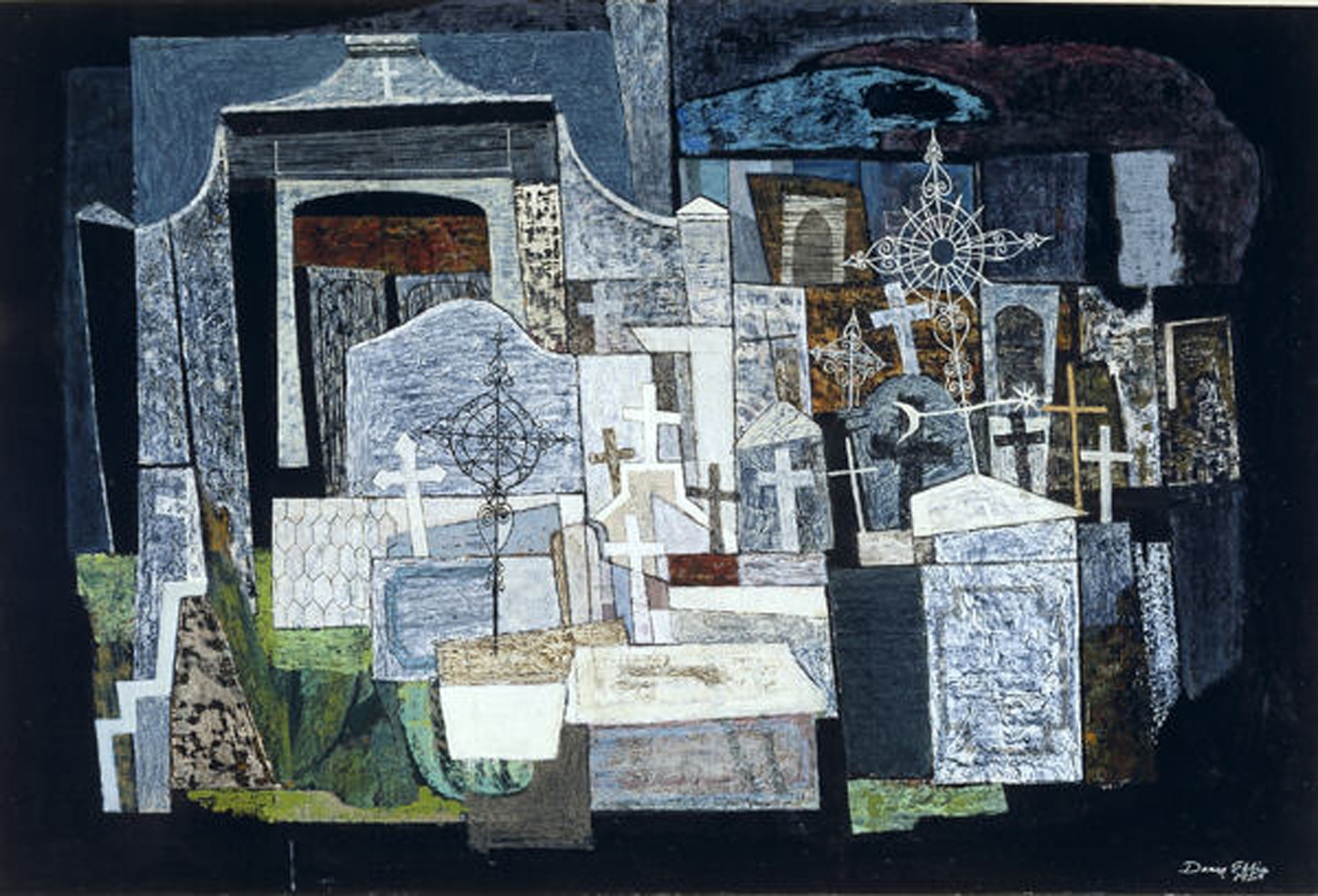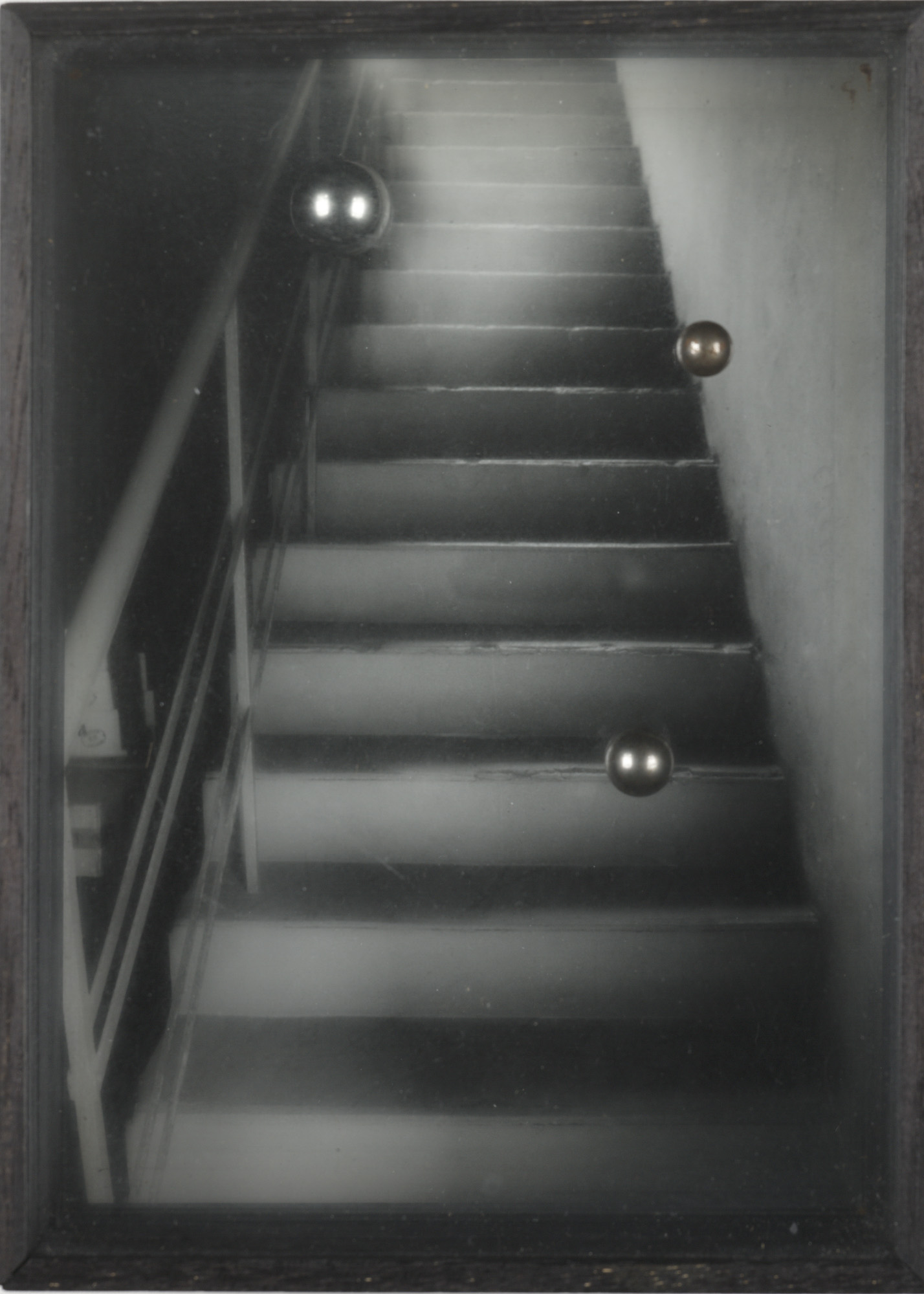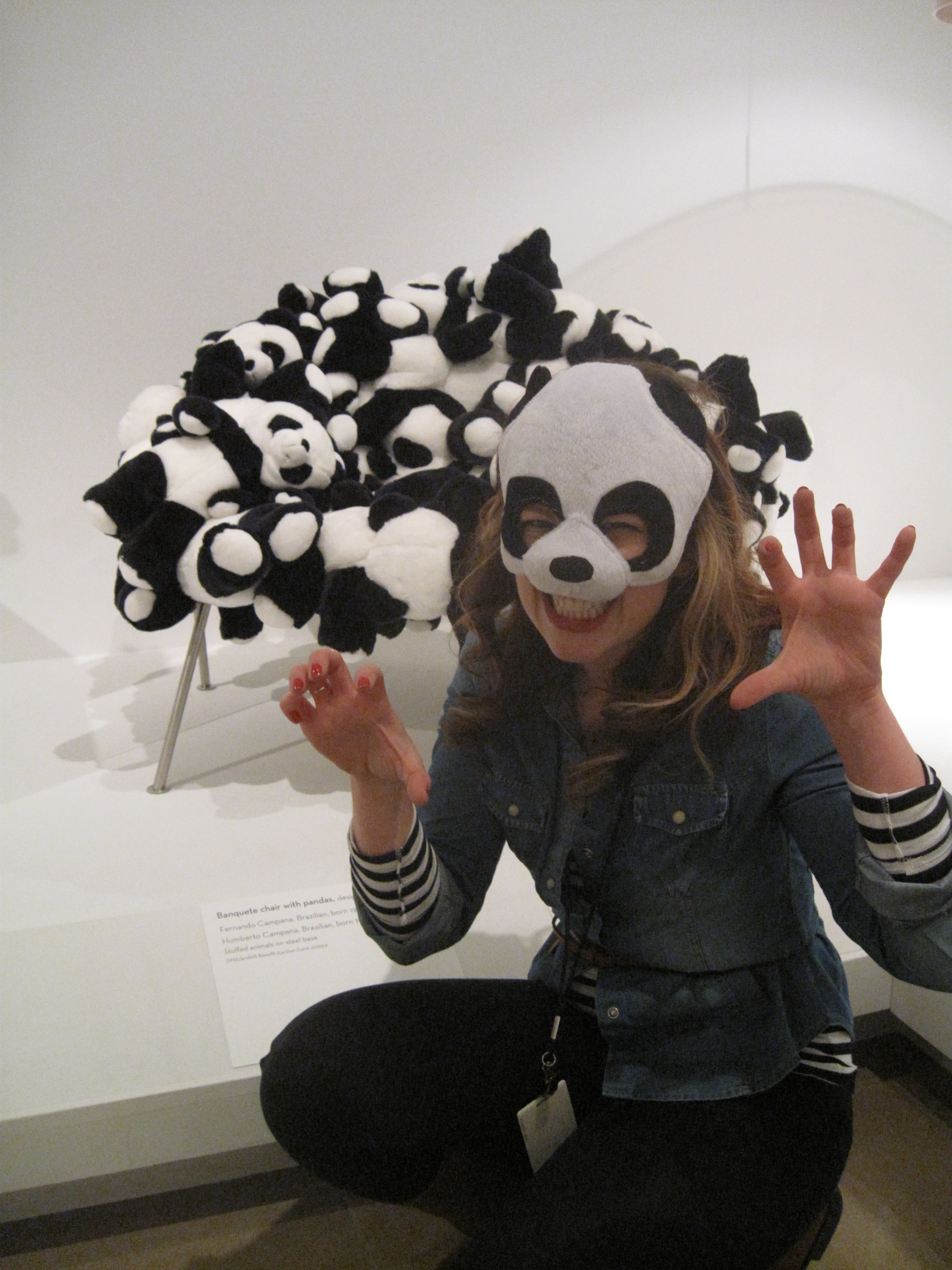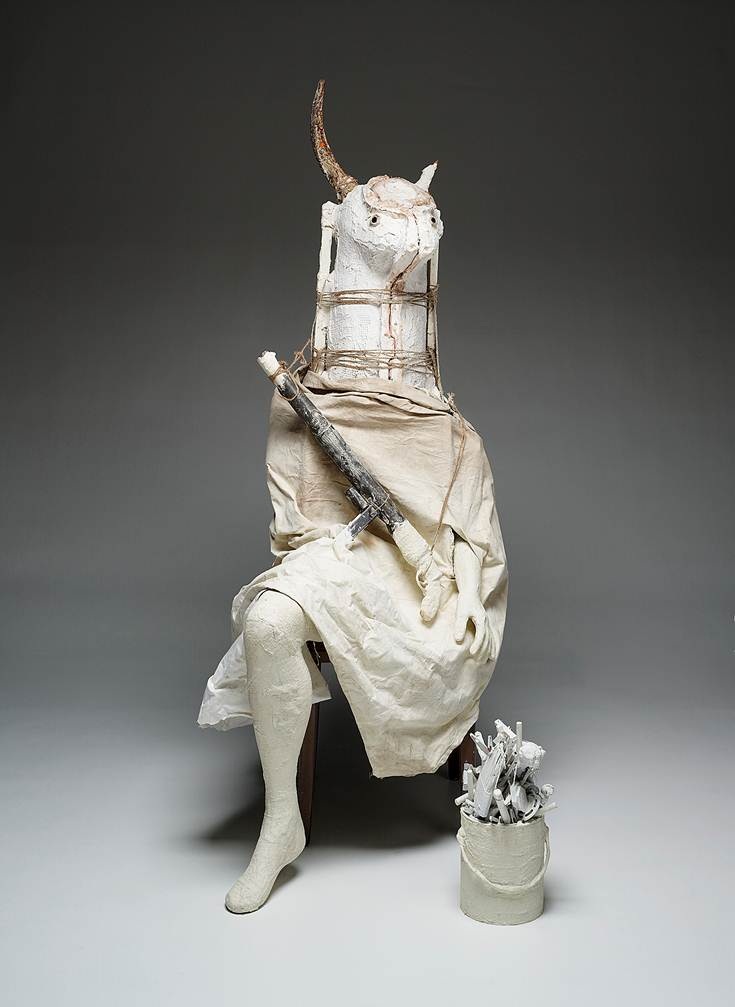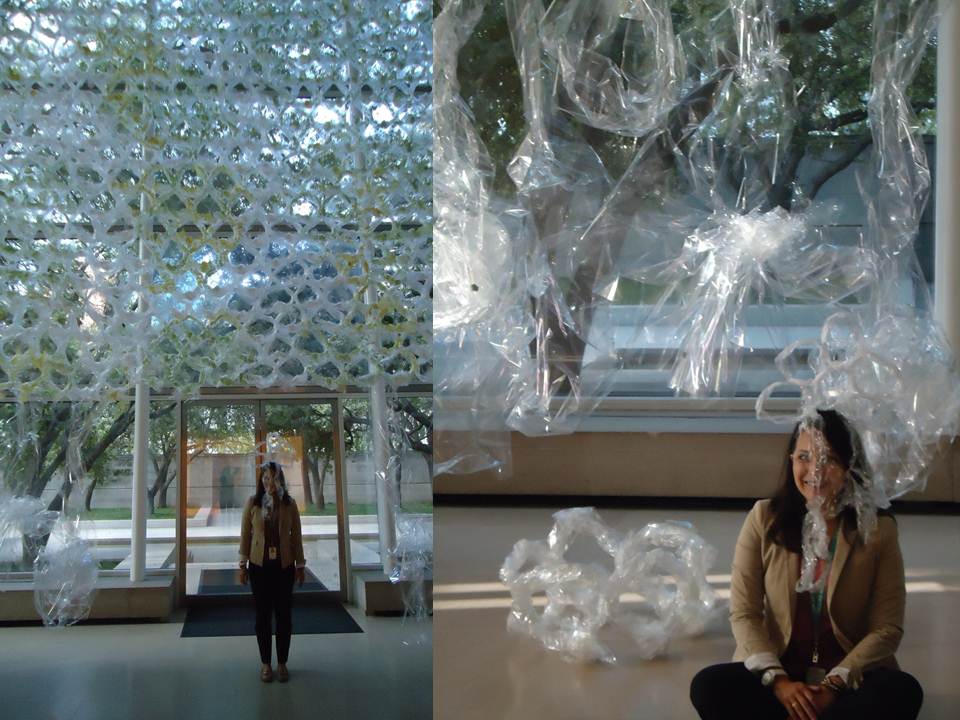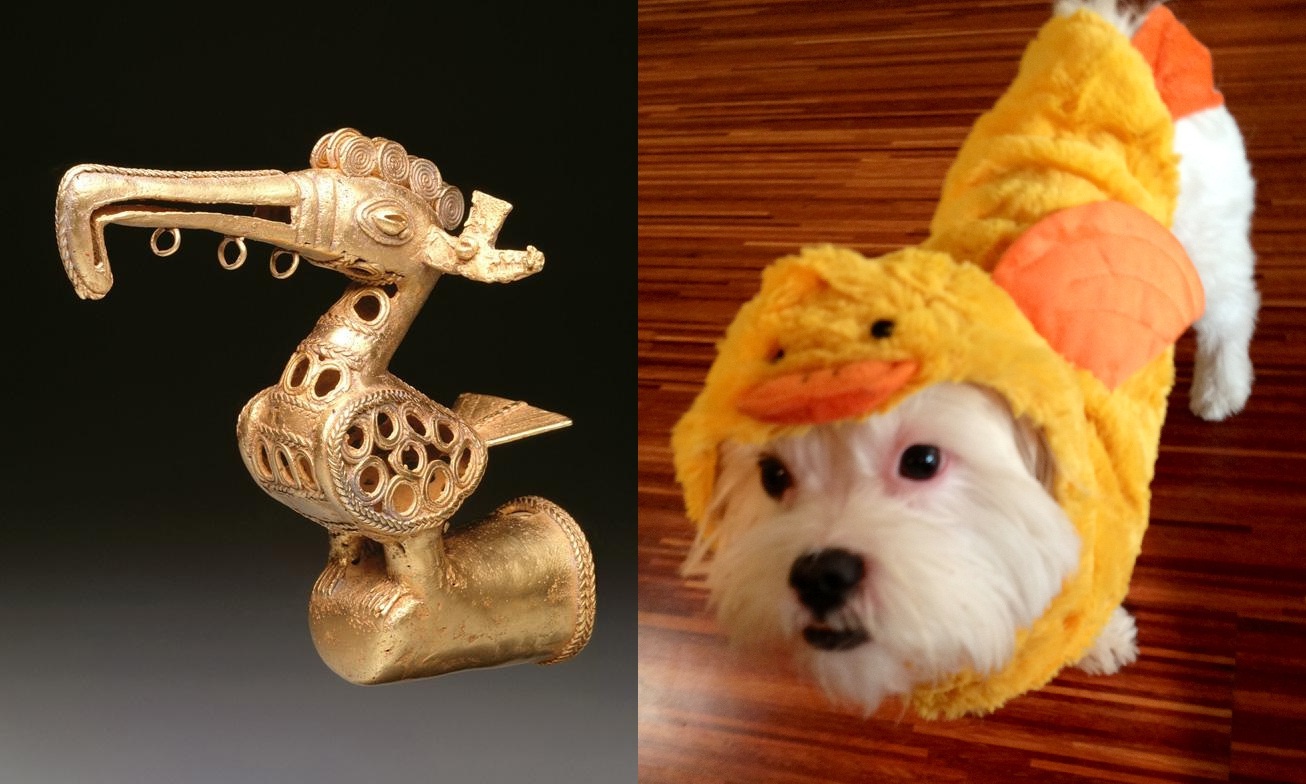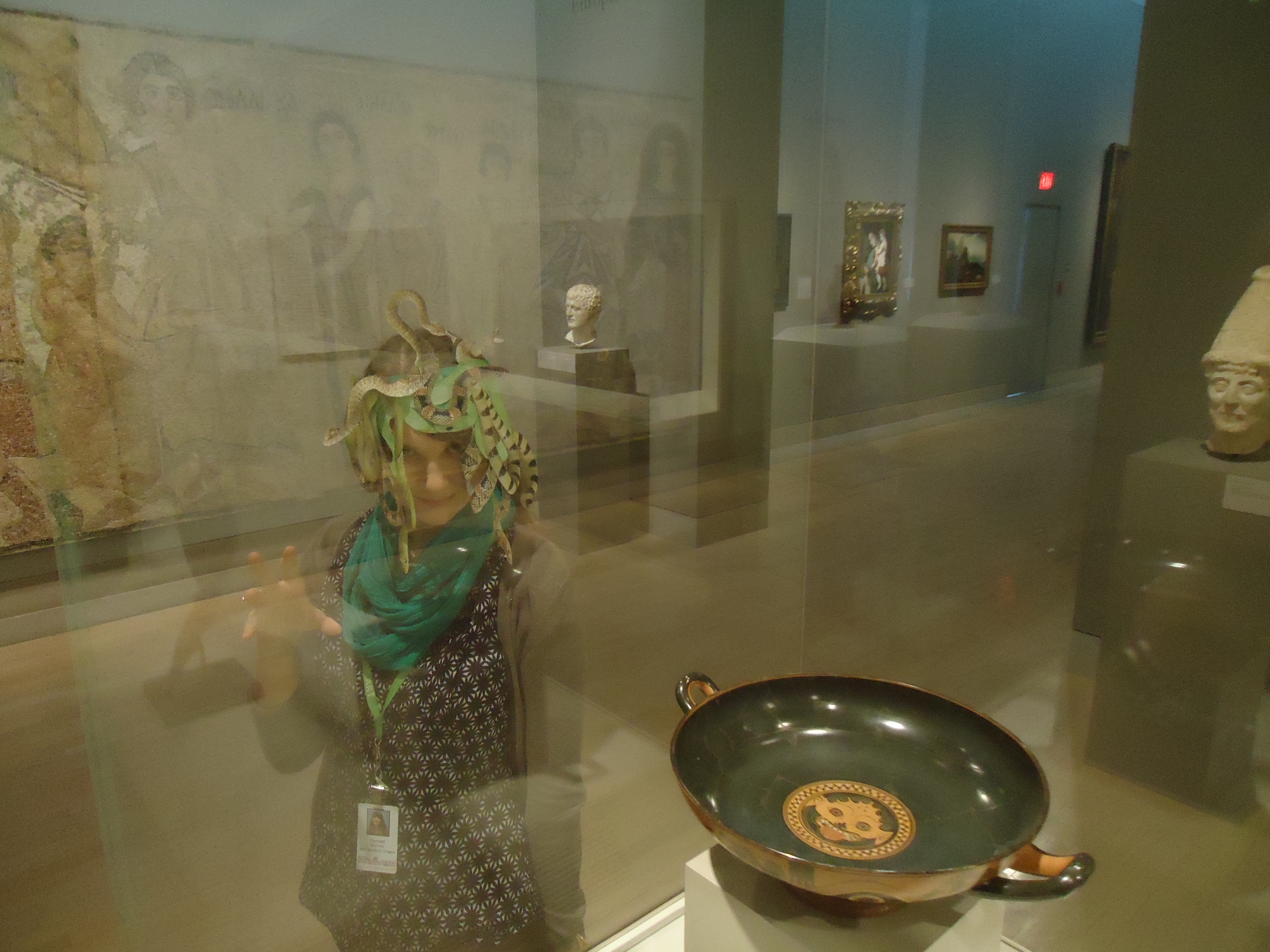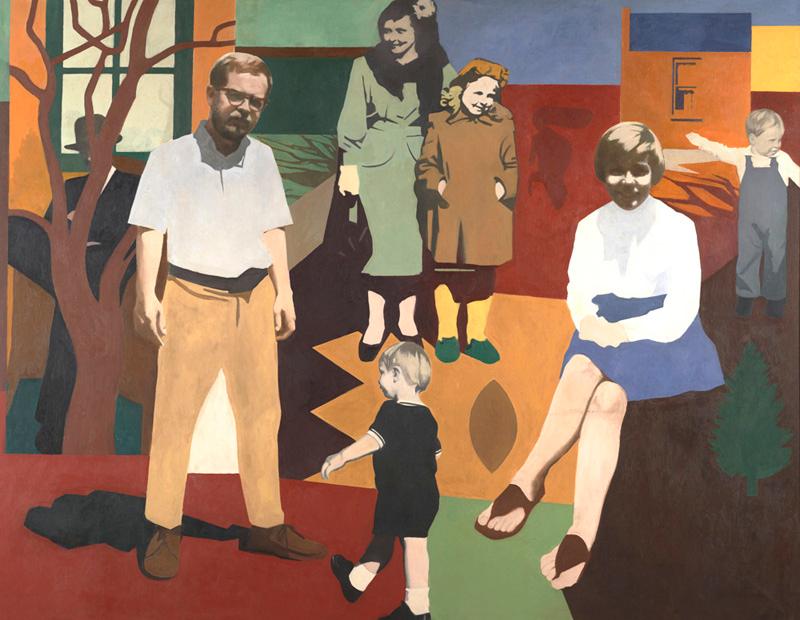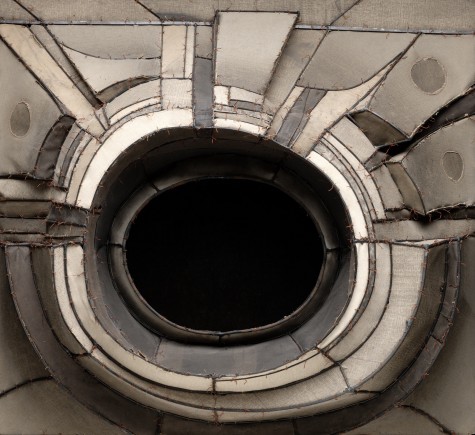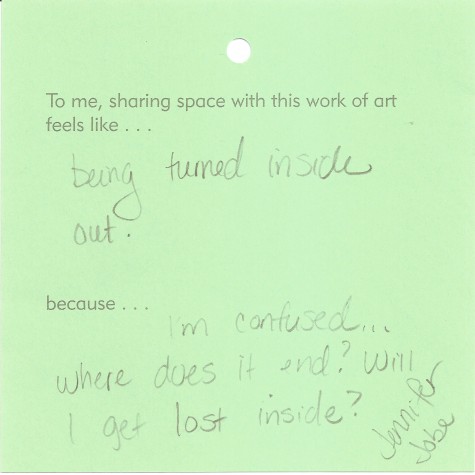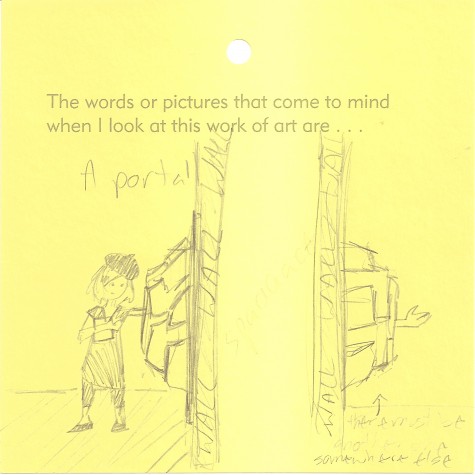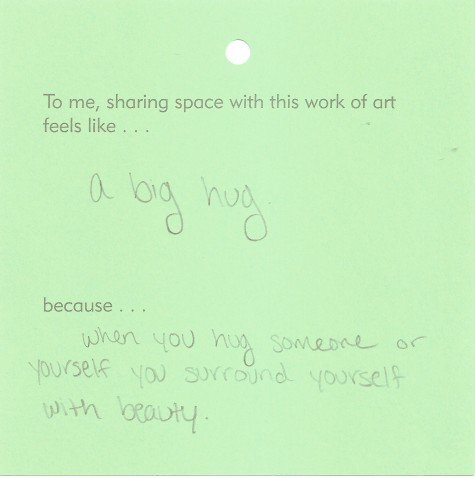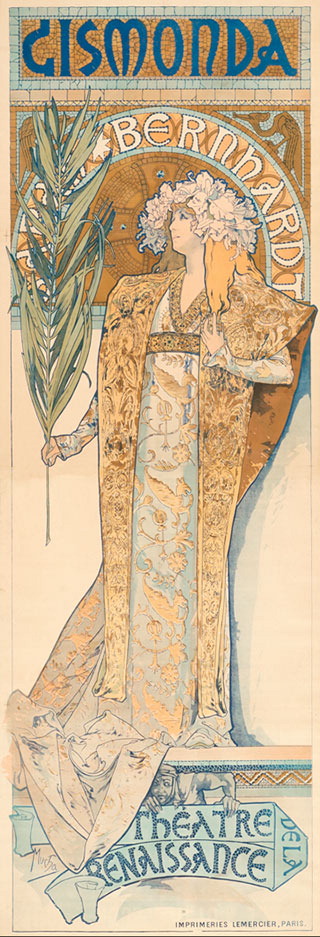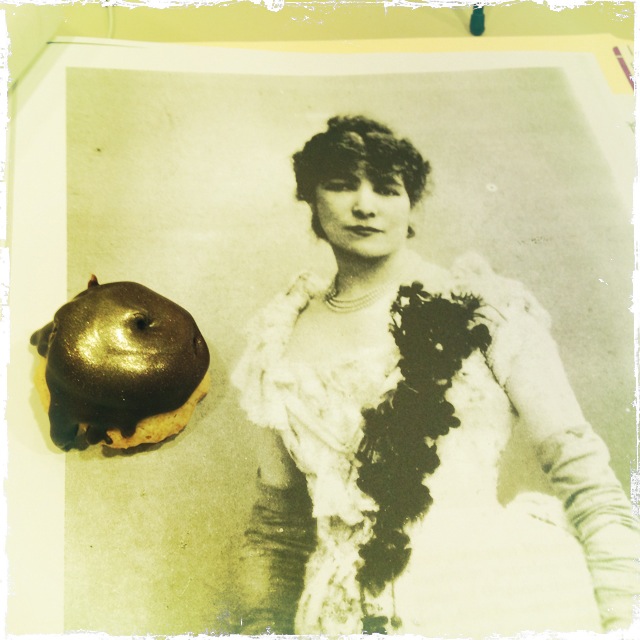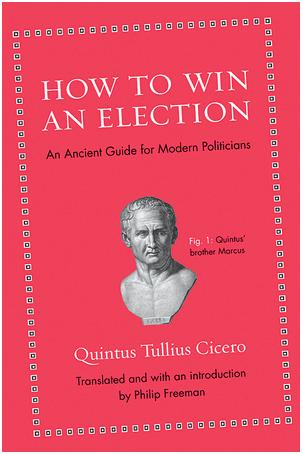This post is the second in a larger series finding connections between the ever-mystical tarot cards and the extraordinary collection of the Dallas Museum of Art. Head over to the first post for an introduction and a quick look at three card-art comparisons.
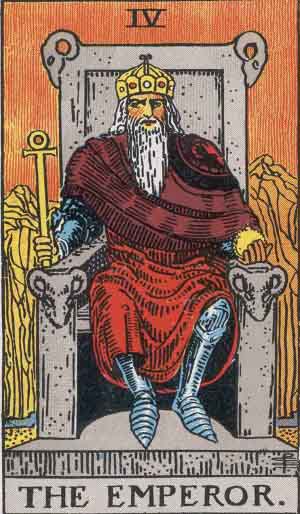
The Emperor is the fourth trump card within the major arcana. He is often depicted sitting on a throne and holding a scepter and shield. The tarot Emperor is considered the absolute ruler of the world and represents the desire to control one’s surroundings.
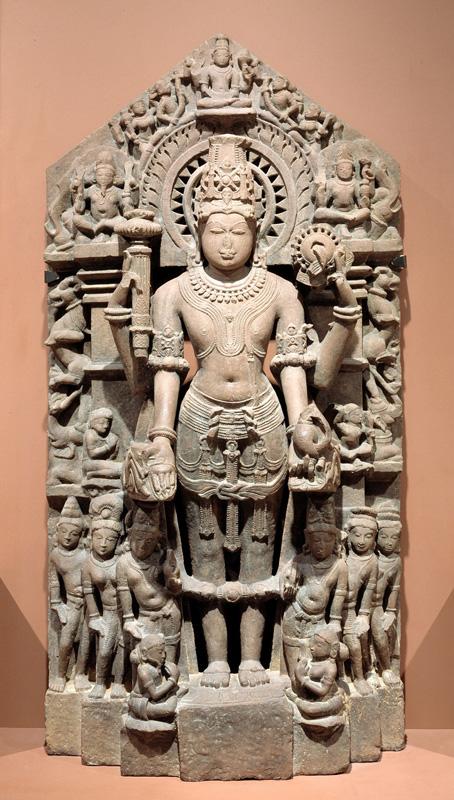
Vishnu and attendants, c. 1026 AD, Dallas Museum of Art, gift of Mrs. John Leddy Jones
Richly jeweled as a king would be, Vishnu can be identified in this relief by his traditional attributes: a mace, conch shell, sun wheel (chakra), and beads. He is shown as a calm, upright figure surrounded by his heavenly court and divine kingdom. As the Preserver to Shiva’s destruction, Vishnu is the bringer of blessings and prosperity to his followers.
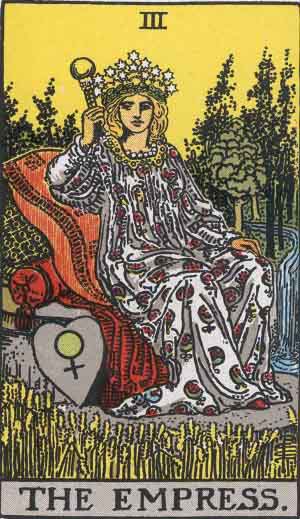
The Empress is the third major arcana card in a tarot deck. The Empress holds a scepter representing her power over life, wears a twelve-starred crown asserting her dominance over the year, and sits on a throne amidst a field of grain showcasing her control over growing things. Occasionally shown pregnant, the Empress represents creation and abundance.
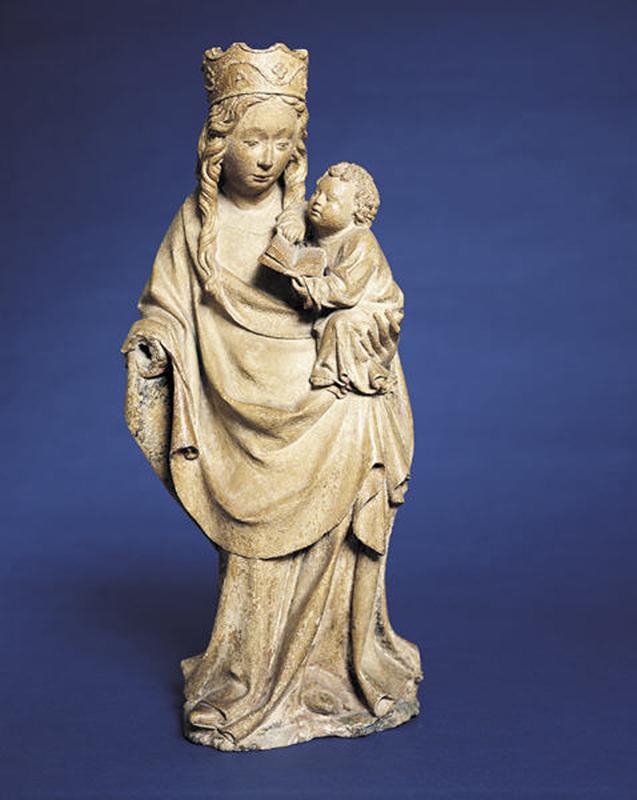
Madonna and Child, early 15th century, Dallas Museum of Art, Munger Fund
Crowned as the Queen of Heaven, Mary sways gracefully as she supports her son Jesus. Prophetic in nature, the sculpture displays Mary’s distress resulting from her foreknowledge of her son’s fate. This portrayal of the Virgin and Child exemplifies Mary’s role as mother and Jesus’ role as savior.
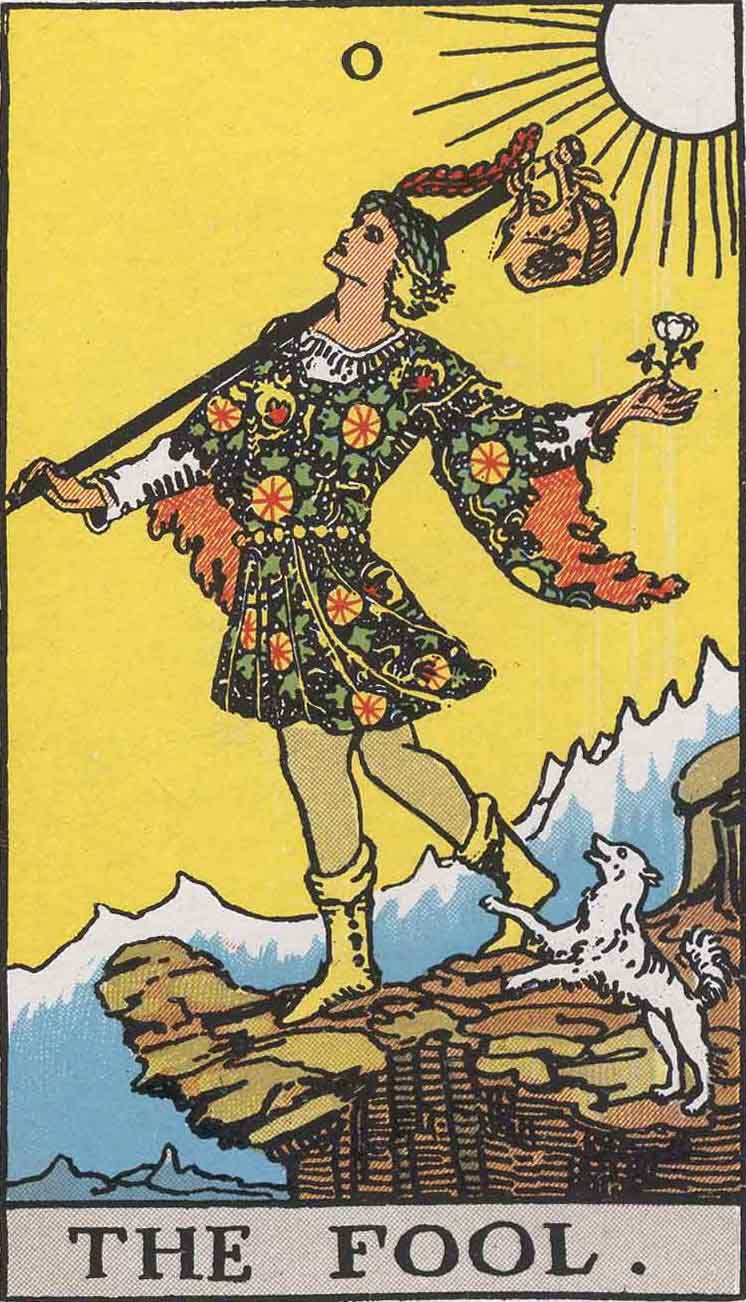
The Fool is normally unnumbered, though occasionally represented as zero in the major arcana. He represents the search for experience and a childlike wonder at the workings of the world. The Fool is often accompanied by a dog representing the distractions of the “real world.” Standing at the edge of a cliff, the Fool is oblivious to danger and recklessly seeks out adventure.
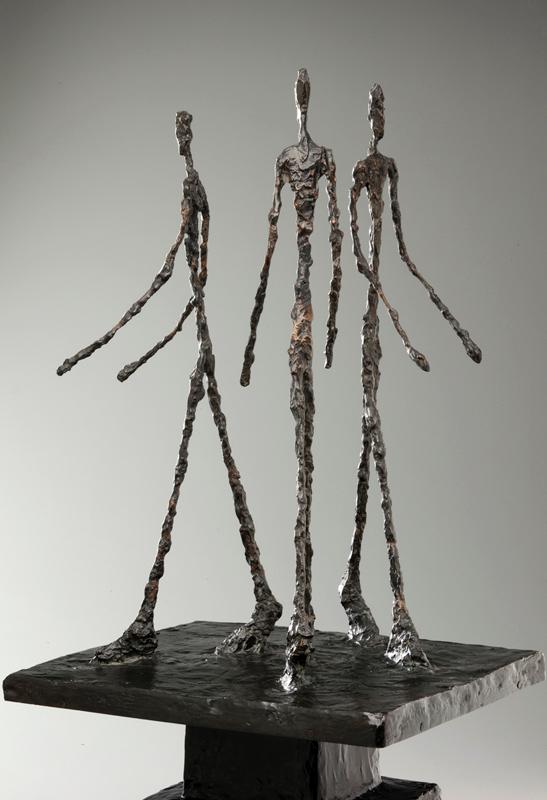
Alberto Giacometti, Three Men Walking, 1948-1949, Dallas Museum of Art, Foundation for the Arts Collection, gift of Mr. and Mrs. Stanley Marcus
Artist Alberto Giacometti said that he sculpted figures as people actually looked to him. Stick-like in nature, the three bronze figures wander dangerously close to the edge of an elevated platform. Each faces a different direction as if eager to seek out his or her own adventure.
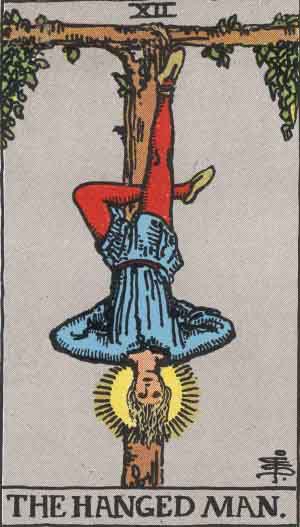
The Hanged Man is the twelfth trump card in a tarot deck. Depicted as a man suspended from a tree, the Hanged Man’s symbolism often points to the crucifixion of Christ, Osiris in Egyptian mythology, Mithras in Ancient Persian mythology, and Odin in Norse mythology. The Hanged Man card and these archetypal stories all allude to the destruction of self bringing life to humanity.
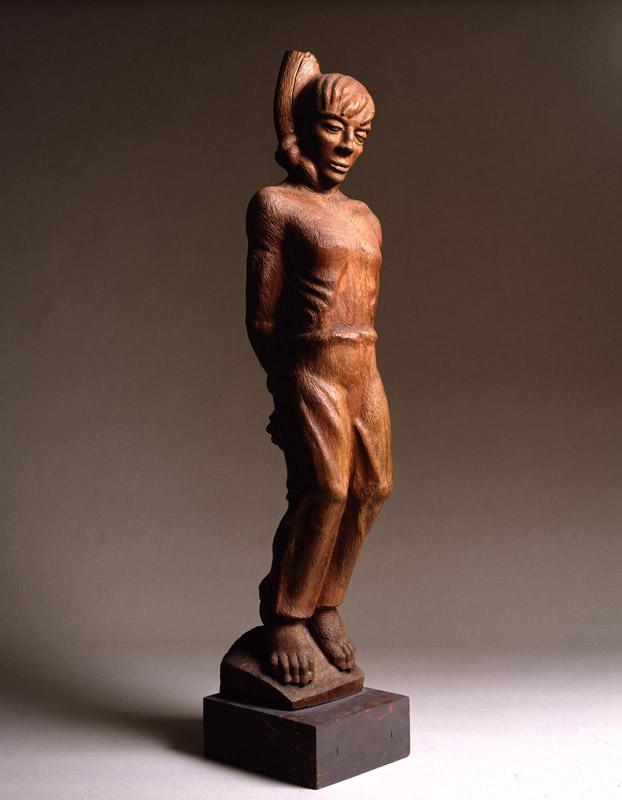
Octavio Medellín, El Ahorcado (The Hanged One), c. 1942, Dallas Museum of Art, Kiest Memorial Purchase Prize, Fourteenth Annual Dallas Allied Arts Exhibition, 1943
Raised amidst the ravages of the Mexican Civil War, Octavio Medellí drew much of his inspiration from the Maya-Toltec cultures. El Ahorcado (The Hanged One) is thought to symbolize Mexico’s effort to free itself from centuries of colonial subjugation and its struggle to find its own democratic path.
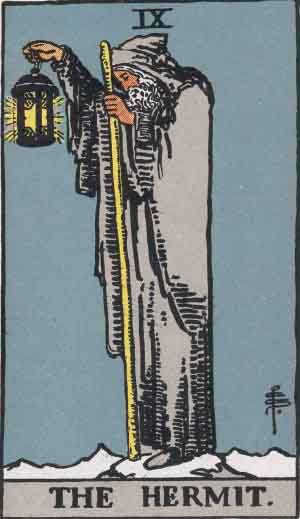
The Hermit is the ninth major arcana card. He is shown as an elderly man carrying a staff in one hand and a lit lantern in the other- both signs of wisdom and knowledge. Sparse in design, the card’s background is mostly sky with the lower portion depicting a wasteland and mountain range in the distance. The Hermit has already learned the lessons of life throughout his journey and represents a shamanistic hero.
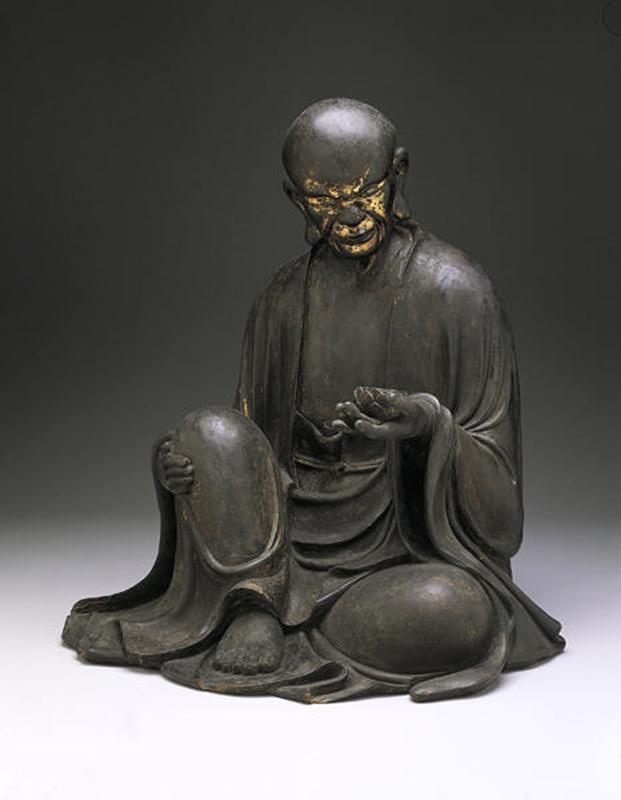
Portrait of an Arhat, 13th century, Dallas Museum of Art, the Roberta Coke Camp Fund, and Lillian B. Clark
Contemplating a lotus flower, this monk represents an arhat. Arhats were holy men who were originally disciples of the Buddha. Though they achieved extraordinary spiritual levels, arhats put off their own enlightenment in the pursuit of helping others.
My next post will look at the Hierophant, the High Priestess, Judgment, Justice, and the Lovers!
Pilar Wong
McDermott Intern for Community Teaching

